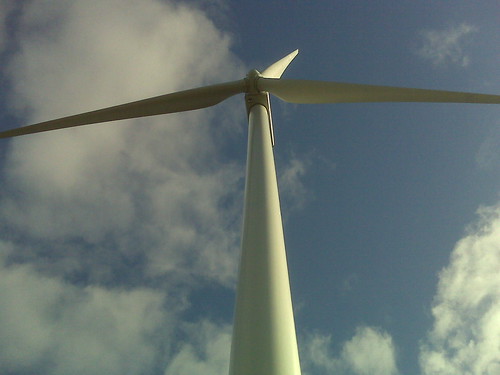
The state of New York's Public Service Commission has adopted a revised set of rules governing net metering of distributed solar and wind generation at non-residential customers' sites. These rules will make it easier for non-residential customers to site larger distributed generation behind their meters. Until recently, a non-residential customer's solar or wind electric generating equipment was limited in capacity to the lesser of 2 MW or the customer's highest historic peak usage during the previous 12 months. In practice, this meant that consumers demanding less than 2 MW of on-peak usage could not fully benefit from net metering opportunities, as their sales to the grid were capped at their own historic peak demand. Once the revised rules take effect, New York businesses will be able to sell up to 2 MW to the grid. For more information, see NY PSC Case Numbers 10-E-0133, 10-E-0134, 10-E-0135, 10-E-0136, 10-E-0137, or 10-E-013.
In the Pacific Northwest, Portland General Electric has installed the largest rooftop solar project in the region. PGE is a fully integrated electric utility that serves more than 817,000 residential, commercial and industrial customers in Oregon. Its project, spread atop the roofs of seven ProLogis distribution warehouses, covers 673,000 square feet and is rated at 2.4 MW. Cost? $14 million, $2.3 million of which is coming through incentives from the Energy Trust of Oregon. This project brings PGE to a total portfolio of 14.3 megawatts of solar capacity. This portfolio includes more than 10.7 megawatts of customer-owned solar projects supported through PGE's net metering program, as well as a 104-kilowatt solar highway demonstration project with the Oregon Department of Transportation. Oregon has recently adopted the "Solar Payment Option program", an incentive-based pilot program anticipated to bring another 17.5 megawatts of customer-owned solar projects online within the next 5 years.
It is hay harvest time in Maine, and farmers report that the season's good growing conditions have led to a very good harvest.
Also in Maine, utility Central Maine Power has acquired the final Army Corps permit it needs to build its $1.4 billion Maine Power Reliability Program transmission upgrade.


